Shounen, Shoujo, Seinen...?
These terms are frequently mentioned in the context of anime and can even confuse the biggest fans of the genre. So, what do these names mean? Most of them define age groups and relevant stories for those ages. Confused? Don’t worry, we’ll explain everything further on.
Anime and Manga Terminology
And by "further on," we mean right now! We’ve selected the most commonly used terms: Shounen, Shoujo, Seinen, and Josei. We’ll also explain some anime genres that use Japanese words like: Isekai, Ecchi, Harem, Yaoi, and Yuri.
Ad
Shounen

Examples:
Naruto
Dragon Ball Z
My Hero Academia
One Piece
Attack on Titan
Shounen is both a genre and an age group. These are anime and manga aimed at a young male audience (ages 13 to 17). Besides being the most profitable genre, it is also the most popular and produced. Shounen is known for exaggerated battles, power systems, and simple stories with positive messages for it's growing audience.
Despite targeting younger fans, Shounen’s popularity among older audiences is undeniable; it’s similar to a Disney cartoon: depending on the quality of the work, it becomes "for the whole family."
Shoujo

Examples:
Sailor Moon
Fruits Basket
Ouran High School Host Club
Cardcaptor Sakura
Shoujo is the female counterpart to Shounen, aimed at teenage girls and young women. This genre is known for it's romantic stories, character development, and focus on emotions and relationships.
Shoujo anime often features a softer and more delicate aesthetic and explores themes like friendship, love, and self-discovery. However, don't be mistaken into thinking Shoujo is always light and fluffy; many works also tackle deep and complex themes.
Seinen

Examples:
Berserk
Tokyo Ghoul
Hellsing
Psycho-Pass
Ghost in the Shell
Vagabond
Vinland Saga
Seinen is aimed at adult men and often features more mature and complex themes. The stories can include violence, politics, philosophy, and psychological issues, often with a darker and more realistic approach. Seinen is known for its deep narrative and detailed character development, providing a rich experience for those seeking something beyond the typical battles and romances of Shounen and Shoujo.
Moreover, many manga considered the best of all time fall into this genre.
Josei
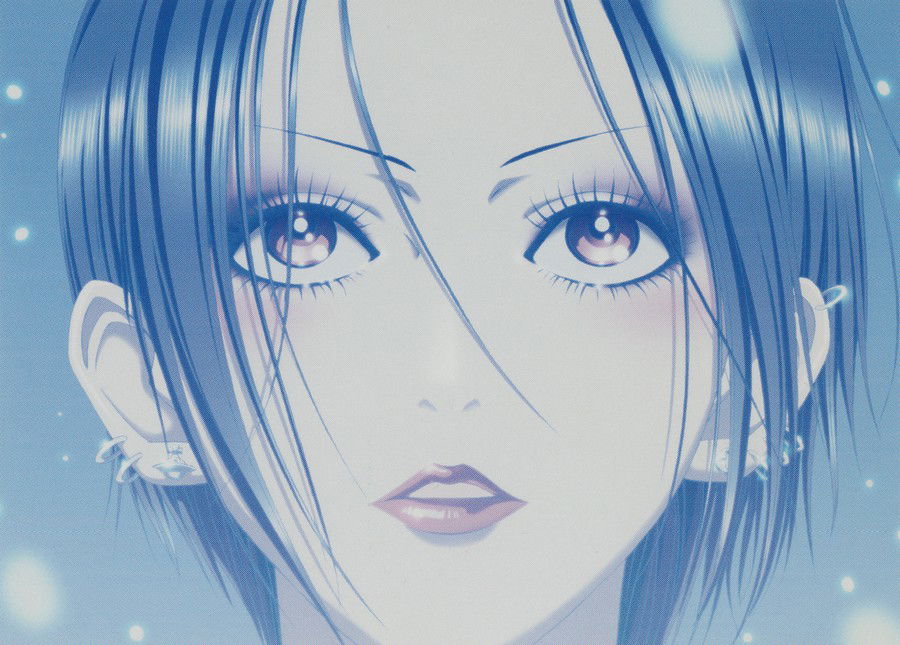
Examples:
Nana
Nodame Cantabile
Honey and Clover
Paradise Kiss
Kuragehime (Princess Jellyfish)
Usagi Drop
Josei is the female equivalent of Seinen, aimed at adult women. This genre explores relationships and adult life experiences with a more realistic and often more dramatic perspective.
Josei stories can range from everyday life to more serious issues like career, family, and love. Like Seinen, Josei offers a narrative depth that resonates with its target audience in a more mature and realistic way.
Isekai
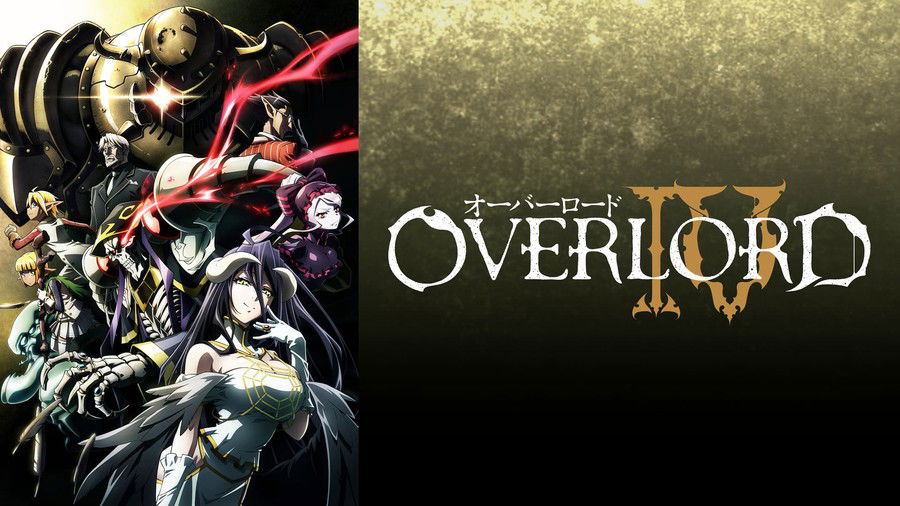
Examples:
Sword Art Online
Re
No Game No Life
Overlord
The Rising of the Shield Hero
Isekai means "different world" and refers to anime and manga where the protagonist is transported to another world, often with a recurring joke where the protagonist reincarnates after being hit by a truck.
Ad
This genre has grown in popularity, especially in the last decade. The stories often involve a character who must adapt and survive in a new environment, often filled with magic and fantasy. Isekai allows for great creative freedom and combines elements of adventure, fantasy, and even romance.
Unfortunately, despite producing various quality works, the genre has become synonymous with poor-quality anime due to its enormous popularity and the number of shows released each season, sometimes more than two in one season.
Ecchi

Examples:
High School DxD
To Love-Ru
Sekirei
Monster Musume
Prison School
Ecchi means "obscene" and is a genre that includes sexual humor and "suggestive" scenes but usually does not contain explicit content, or if it does, it is censored. It is known for its innuendos and fanservice, where characters find themselves in embarrassing or compromising situations involving sexual themes. Ecchi can be found in various types of stories, from light comedies to more serious adventures, always maintaining a provocative tone.
Harem

Examples:
Tenchi Muyo!
Love Hina
The Quintessential Quintuplets
Rosario + Vampire
Date A Live
Although not a Japanese word, Harem was included in the article due to its extreme popularity. This is a genre where the protagonist, usually male, is surrounded by multiple characters of the opposite sex, all romantically interested in him.
However, there is also "reverse harem" where instead of the protagonist being male, it is a female surrounded by men. This genre explores different relationship dynamics and can range from romantic comedies to more serious adventures.
Harem is known for its focus on romantic and often comedic situations, creating an environment of competition and character development. Additionally, a Harem anime is often also an Ecchi, as the two works very well together.
Yaoi
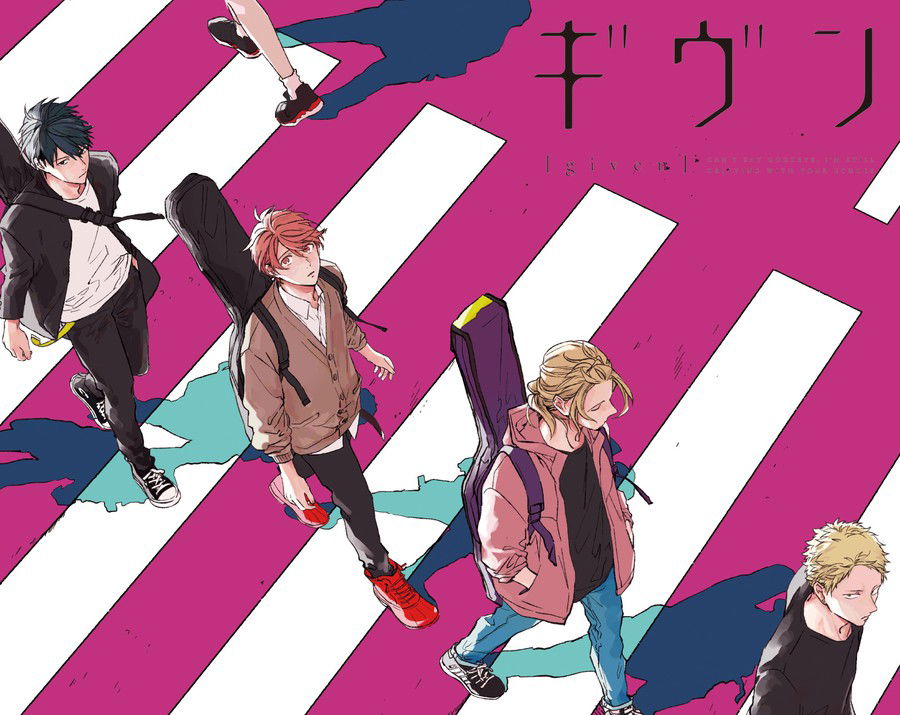
Examples:
Junjou Romantica
Sekai Ichi Hatsukoi
Given
Banana Fish
Yaoi, also known as Boys' Love (BL), is a genre that depicts romantic and often explicit sexual relationships between male characters. This genre is popular among women and frequently explores themes of forbidden love, drama, and self-discovery. Yaoi can range from light and romantic stories to more intense and dramatic narratives, always focusing on emotional development and relationships between characters.
Yuri

Examples:
Strawberry Panic
Citrus
Bloom Into You
Yuru Yuri
Revolutionary Girl Utena
Yuri, or Girls' Love (GL), is a genre that focuses on romantic and sexual relationships between female characters. Similar to Yaoi, Yuri attracts a diverse audience and explores themes of love, acceptance, and self-discovery. Yuri stories can range from sweet and romantic to more dramatic and intense, offering various emotional experiences for viewers.
Ad
Personalities and Family
In addition to genres and age ranges, there are terms that describe personality traits commonly used in romance and family relationships in anime and manga. Let's explore some of the most popular examples.
Tsundere
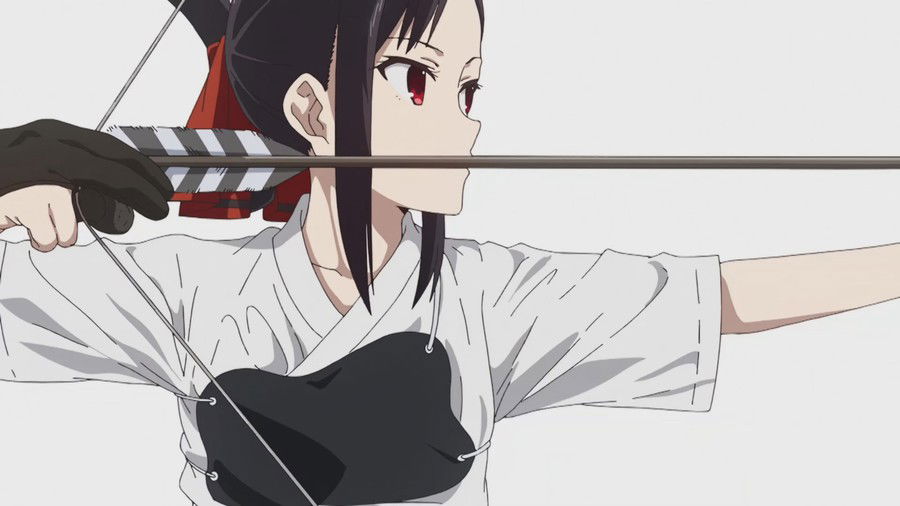
Tsundere is a term used to describe characters who are initially cold, hostile, or aggressive but gradually reveal a more caring and affectionate side. Another important trait of Tsunderes is their inability to admit their feelings; you could be the person they love the most in the world, but a Tsundere will never tell you and will usually treat you "badly." This type of character is very popular due to their potential for development, allowing the author to demonstrate the evolution of relationships more easily.
Yandere
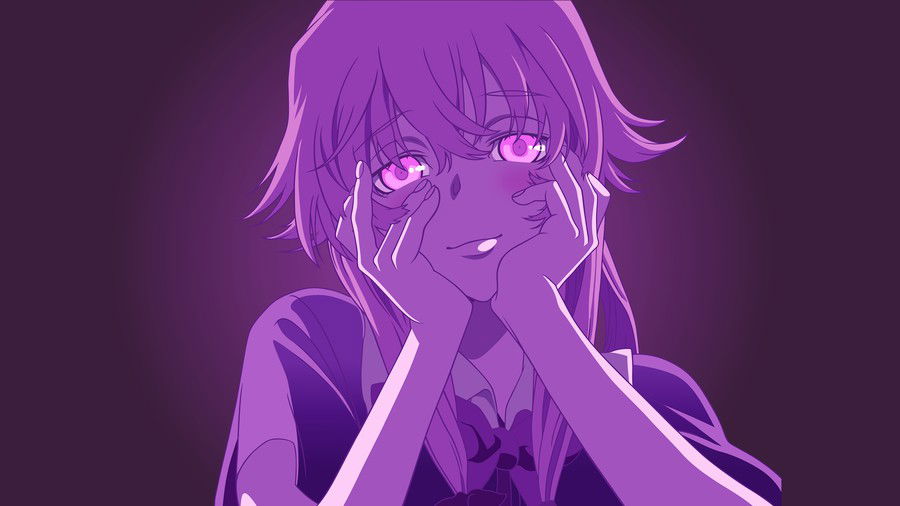
Yandere refers to characters who are deeply in love to the point of becoming obsessive and often dangerous. These characters can be extremely affectionate and would do anything for their beloved, including killing. Their obsession knows no bounds, even putting their love interest at risk. Despite this, Yanderes remain one of the most beloved personality traits among fans.
Deredere

Deredere is the most common to find in media and is often not even mentioned by name. This term describes characters who are constantly cheerful, loving, and friendly. These characters are generally easy to like and bring positive energy to the story.
Dandere
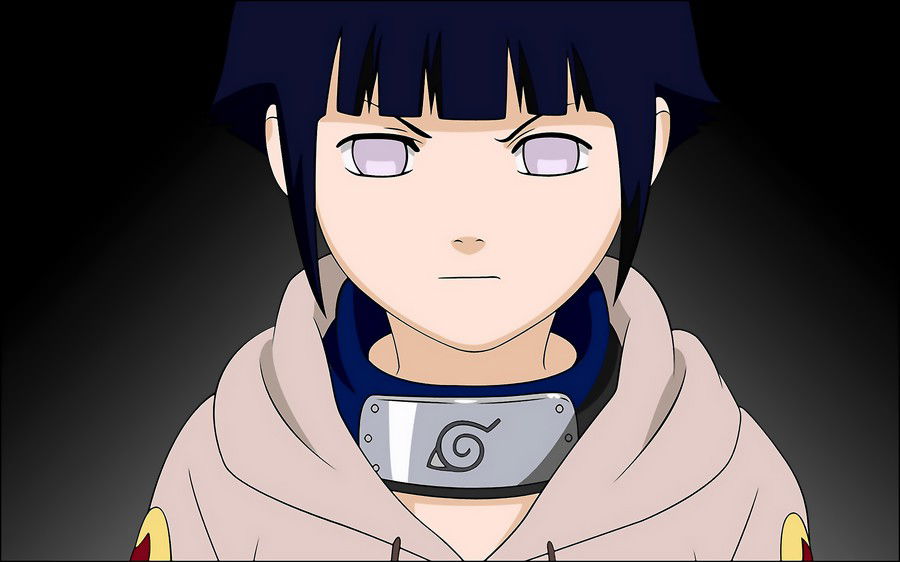
Dandere is the opposite of Deredere in the sense of not being outgoing and cheerful. It is a term for shy and introverted characters who tend to be quiet and reserved. They are like those friends who, when they feel comfortable, show a more talkative side and are usually worse than the extroverts themselves.
Imoutou

Imoutou means "younger sister" in Japanese. In anime and manga, imoutou characters are often portrayed as cute, adorable, and often overly protective or jealous of their older siblings.
Onee-san

Onee-san means "big sister" and "big brother" in anime. Onee-san characters are often seen as caregivers, mature and responsible (though not always), playing the roles of mentors or protectors for their younger siblings, like Edward Elric doing everything to restore his brother's body. It’s common for these characters to bring comfort to others. Unlike Imoutou, Onee-san is often used even without familial traits, as a form of respect or affection.
Ad
Conclusion
After this explanation, it’s clear that these names aren’t meant to confuse us but to make it easier to recognize the patterns we enjoy watching. When we see that an anime is Shounen, we know what to expect from it, even if it’s one of the most encompassing terms in this article.
What about you? Do you think all this terminology is necessary? Would you like more or fewer names? Did we forget any? Let us know in the comments!



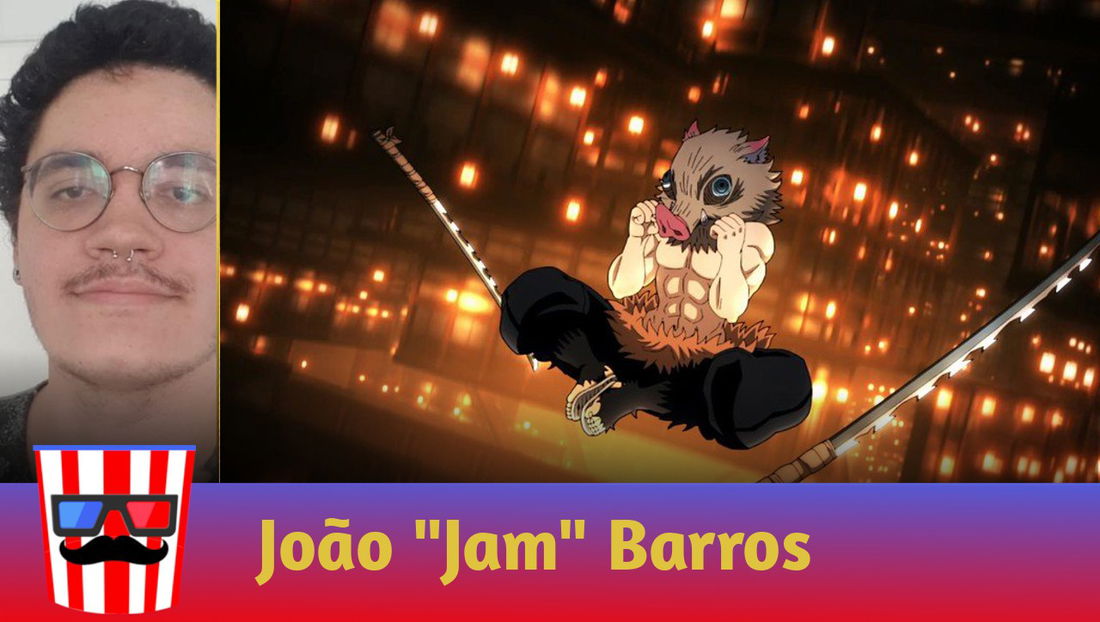
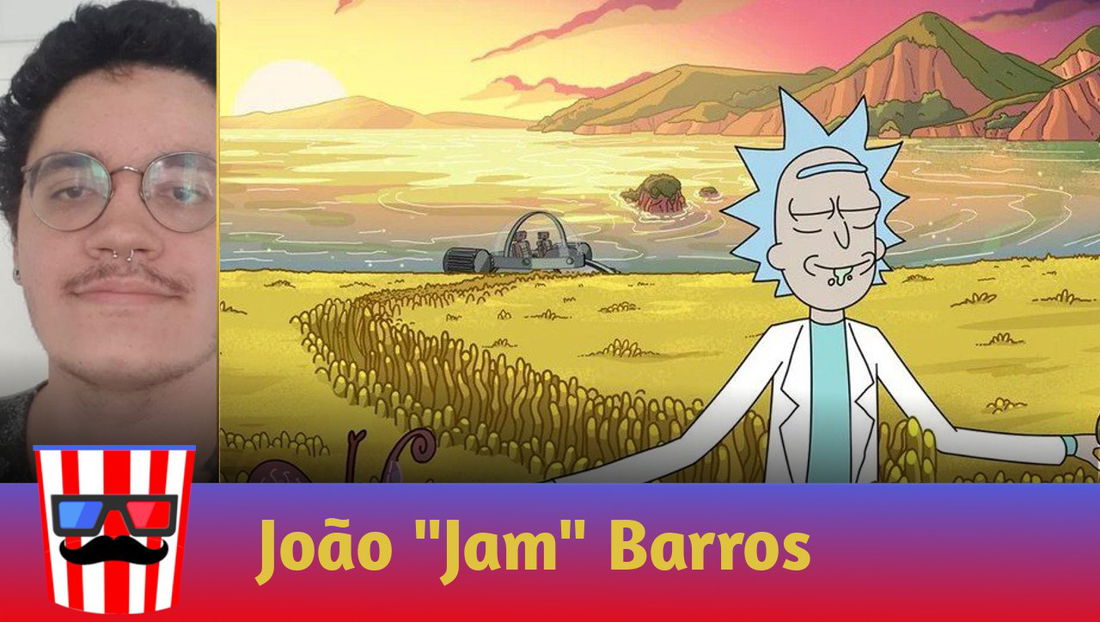



— Comments0
Be the first to comment